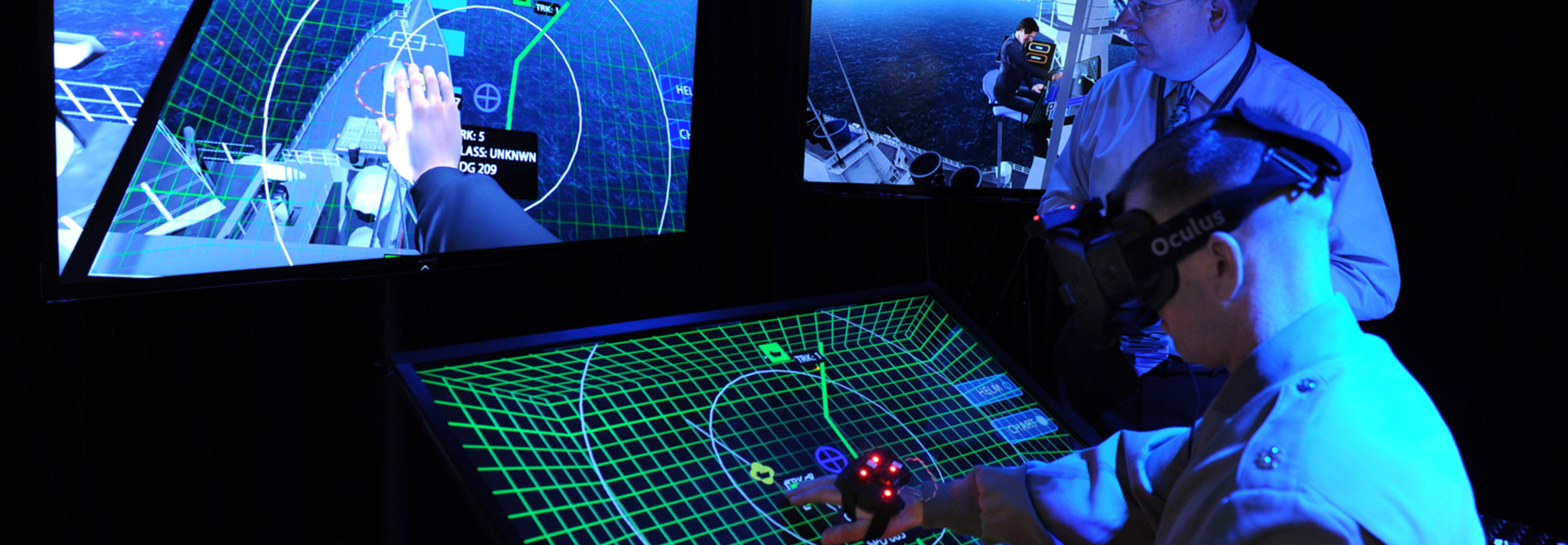Augmented Reality Makes Inroads in Government
The military is experimenting with augmented reality to train soldiers while other federal agencies explore interesting ways to harness the developing technology.
With augmented reality, a computer overlays sensory input, such as sound, video or graphics, on a view of the real world with the goal of enhancing users’ understanding of what they see. That’s in contrast to virtual reality, in which the entire environment is simulated.
The Office of Naval Research (ONR) Augmented Immersive Team Trainer program is developing a head-worn system for Marine observer training.
The system enriches real terrain with simulated objects and effects, such as enemy vehicles and mortar explosions.
“If you shoot a mortar round and miss, you can determine how much you missed and then adjust” before calling in another mortar round, says Peter Squire, ONR manager for human performance training and education. “It allows you to train with those kinds of capabilities,” while avoiding the expense and safety risk of using real weapons, he says.
Looking to Test
NASA recently completed a series of flight tests with an augmented reality system. A pilot wearing the Fused Reality helmet-mounted display on a single-engine GA8 Airvan could see an actual view of the flight environment with superimposed images of other objects, such as a tanker aircraft.
Next year, NASA will install the system on an aircraft for students at the Air Force Test Pilot School in California. In a project that shows the potential power of augmented reality, the Department of Veterans Affairs is exploring whether the technology could help treat combat troops suffering from post-traumatic stress disorder.
Researchers are using computer-generated simulations to re-create battle scenes, allowing patients to immerse themselves in traumatic events. Patients view the events through head-mounted gear worn during therapy sessions.
Past Experiences
“In the simulated virtual Iraq, the patient can specify the sound of gunfire and explosions or of being in a moving vehicle or on foot patrol,” says Genevieve Billia, a public affairs specialist at the VA. Such tools “may be particularly helpful for patients who have difficulty visualizing or emotionally engaging with the trauma memory.”
A few hurdles, including technical and policy challenges, currently limit widespread use. Dr. Josh Kvavle, an electrical engineer for the Navy’s Space and Naval Warfare Systems Center Pacific, says the lack of wireless communications on Navy ships and facilities will limit the devices’ use.
The Chief of Naval Operations Rapid Innovation Cell will outline some of those challenges in its final report documenting their effort to test a Google Glass application targeting maintenance later this year, Kvavle says.








